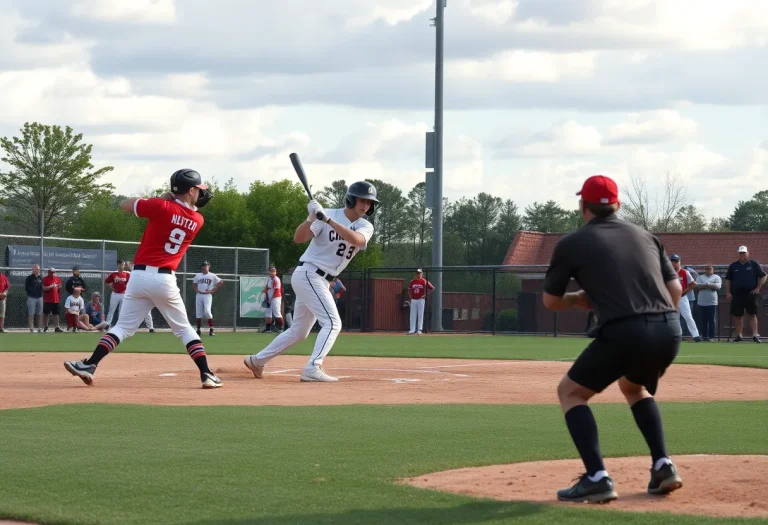News Summary
The increasing number of divisions in high school baseball, now reaching seven, is leading to concerns over skill dilution and reduced competitiveness. Experts argue that this trend has resulted in a decline in players’ abilities and a culture that prioritizes participation trophies over true skill development. With fewer children engaged in community baseball, particularly during pivotal development years, the future of the sport is at risk. A serious reevaluation of the current division structure may be necessary to preserve the integrity and competitiveness of high school baseball.
High School Baseball in Crisis? The Case for Fewer Divisions
In many cities across America, the sound of a baseball hitting a glove or the crack of a bat colliding with a ball has been a rite of passage for countless youth. However, it seems that in this beautiful game, all is not well. As the number of divisions in high school baseball has increased to seven, experts and fans alike are questioning the impact this change has on skill level and overall competitiveness.
A Decline in Skill Levels?
The rise in divisions has led to a worrying trend—many observers are arguing that it has resulted in a dilution of talent. When too many teams compete for trophies, the urgency and motivation to hone one’s skills seem to take a back seat. Some players now find themselves lacking basic abilities; for instance, outfielders struggling to make accurate throws or catchers unable to deliver to second base effectively. This is not just a minor hiccup! It raises the stakes on whether these young athletes are really being prepared for higher levels of the game.
The Participation Trophy Effect
An increasing number of champions is another aspect of this change that is raising eyebrows. With so many divisions, it appears that competitive participation is prioritized over developing actual skill. Schools are awarding trophies to more teams than ever, but what does this do to the drive for excellence? When players receive recognition just for showing up, it can create a culture that overlooks genuine achievement in favor of merely being part of the game.
Fewer Opportunities and Skill Development
The Importance of Regular Play
A Shift in Culture
Time for a Change?
Conclusion: The Future of High School Baseball
Deeper Dive: News & Info About This Topic
LIVE BALL Resources
Community Rallies for Lacrosse Coach After Dismissal
Edwardsville High School Swim Team Triumphs at Swim For Hope Meet
Miramichi Valley Pulamoo Wins Second Provincial Championship
GHSA State Fast Pitch Softball Playoffs Heat Up
Iowa High School Football Week 8: A Night of Thrills!
Prairie View Football Coach Jason Spradling Dismissed
Top Seeds Advance in Bergen County Girls Soccer Tournament
Troy High School Clinches State Championship in Boys Tennis
Cincinnati High School Football Week 9 Recap: Thrilling Victories
Iowa High School Football Playoffs First-Round Matchups Announced
Additional Resources
- Des Moines Register – Iowa High School Baseball State Tournament
- Wikipedia: High School Baseball
- KCCI – Iowa Baseball High School State Tournament Schedule
- Google Search: High School Baseball Divisions
- Toledo Blade – 2025 Toledo Area High School Baseball Tournament Pairings
- Google Scholar: Impact of Divisions on High School Baseball Skill Level
- JSOnline – Wisconsin High School Baseball WIAA State Tournament
- Encyclopedia Britannica: High School Baseball USA
- Des Moines Register – Iowa High School Baseball 2025 IHSAA Brackets
- Google News: High School Baseball Tournament


